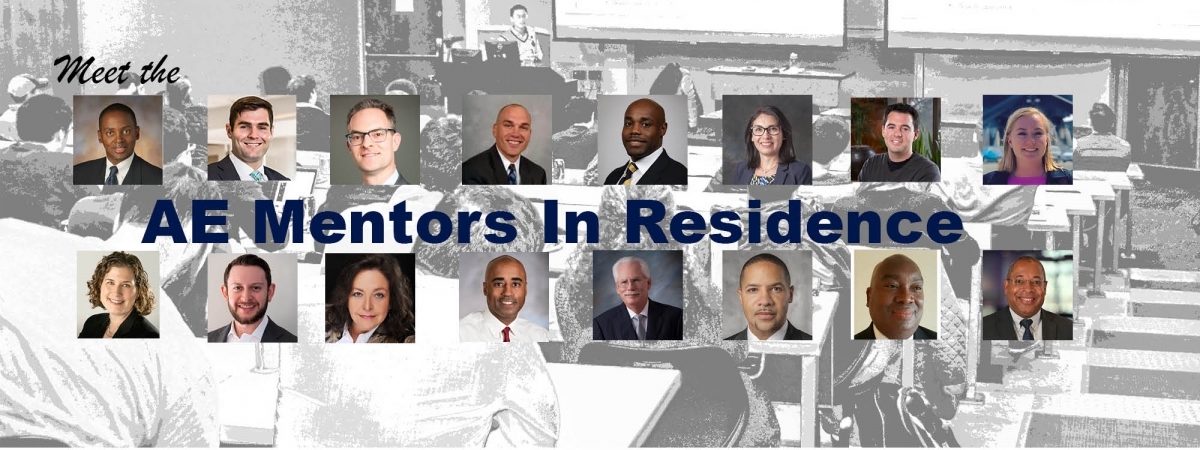
Career questions?
|
|
This is how the Mentors In Residence initiative works.
Students who are interested in meeting with a mentor for a half-hour mentoring session should start by visiting the Mentors In Residence site to find out more about the program. From there, they can navigate to MIR directory, where they can read the biographies of all the mentors to see whose background, expertise, and aspirations most align with their own. Each mentor's profile will include a listing of available mentoring appointments. Students need only click on a date and time that works for them, and their appointment will be made. Students should then watch their email for an appointment confirmation, which will also include a BlueJeans link to the actual meeting and their mentor's email address. We recommend that students send their mentor a read-ahead package to better prepare their mentor for the scheduled meeting. Students may sign up for more than one mentor visit, but we ask that they limit themselves to no more than two mentoring visits per semester. Questions about your appointment? Contact Deborah Powell, the MIR coordinator. |
If a degree from the Daniel Guggenheim School of Aerospace Engineering will let you go far, imagine how much farther you'd go if you knew what was out there waiting for you.
 |
| Mark F. Costello |
That's the premise behind the AE School's Mentors In Residence initiative, which recruited 16 seasoned professionals to help AE undergraduates and graduate students strategize their career planning.
"The AE School has so many successful alumni and friends whose experience in a wide variety of professions is, really, gold for any student who is looking to the future," said William R. T. Oakes Professor and School Chair Mark Costello.
"And, while we originally planned to have these mentors meet our students in-person for these mentoring sessions, we are incredibly grateful to them for agreeing to launch the Mentors In Residence initiative in a virtual format."
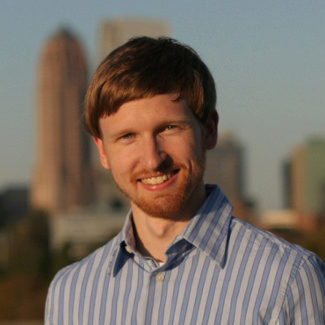 |
| Dr. Anne Patterson |
The first cohort of MIR mentors is a diverse one - from a 2017 MSAE graduate who's now a trajectory analysis engineer at SpaceX, to a retired corporate vice president and president of Northrop Grumman's Technical Services.
All of them had mentors who shaped the paths they have followed. Some of them shared their experiences with us.
"Sometimes, you don't see your own gifts, especially if you are shy. But a mentor, if they are good, will force you to see what you have to give," said Dr. Anne Patterson, AE '71, '75, who started out as a NASA engineer and is now a board-certified physician and founder of Women's Telehealth.
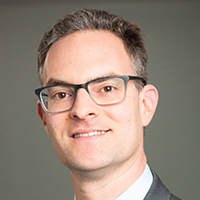 |
| Patrick Biltgen, PhD |
"When I was a student at Tech, I was the only girl in my classes, which was a little hard given that I was a bit shy. But Prof. Wilford Horton was like a second father to me. He really inspired all of his students to do amazing things. And when I came back to Tech for graduate school while I was also doing pre-med, he fought to allow it to happen."
Patrick Biltgen jumped at the chance to mentor at the AE School, where he earned his BS, MS, and doctoral degrees. Now the director of analytics for Perspecta, he says he learned a very important lesson from one of his first professional mentors, Kent Murdoch, the director of special projects at BAE Systems.
"It might sound simplistic, but what I learned from him has always proved helpful: success is all about relationships. If you don't build the trust, you will not get anywhere."
Biltgen laughs as he recalls when this lesson was first driven home. Murdoch and he were visiting a senior-level executive for whom they wanted to do some work. Biltgen took the lead, explaining in great detail all of the technology and research that went behind their proposal.
"When I finished, he turned to Murdoch, whom he'd known for 30 years, and said 'I didn't understand a thing he said, but I absolutely trust you, so let's make this happen.'"
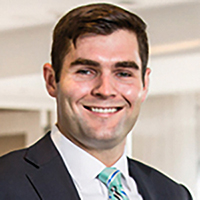 |
| Sean Bedford, JD |
For former Yellow Jackets football center Sean Bedford, BSAE '10, mentors introduced him to opportunities he'd never have imagined for himself.
"My father is an engineer, and I was studying aerospace engineering as an undergraduate," said Bedford, now a patent attorney with the Alston & Bird Litigation Group. "I would not be practicing law if it wasn't for Larry Keller, who taught the business law course I took at Scheller. He was the first person to introduce me to the intersection of technology and law. He's a lawyer, too, so he explained the law school process to me. He's since become a good friend."
Bedford says he's also grateful to another Tech student two years ahead of him - Brandon Kerse - who pointed him toward patent law, in particular.
"It turns out if you want to be a patent attorney, one of the requirements is you have to have an engineering background. He was the first person to suggest that to me."
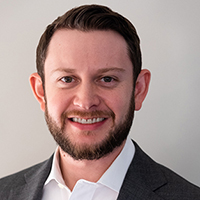 |
| Clayton Tino |
For Clayton Tino, PhDAE '13, the totality of the Tech experience served to mentor his aspirations.
"My maturation as a professional and person owes a lot to the relationships I was able to form as a student in the School of Aerospace Engineering," says Tino, now the chief technology officer for Beep, Inc.
"From my research advisor, the laboratory manager, and industry engagements, the benefits of a diverse group of mentors--now friends--helped broaden my understanding of what I could achieve as a student and graduate. I believe the MIR program is a great step towards providing similar perspectives to our current students, and I'm looking forward to engaging a new generation of Yellow Jackets."